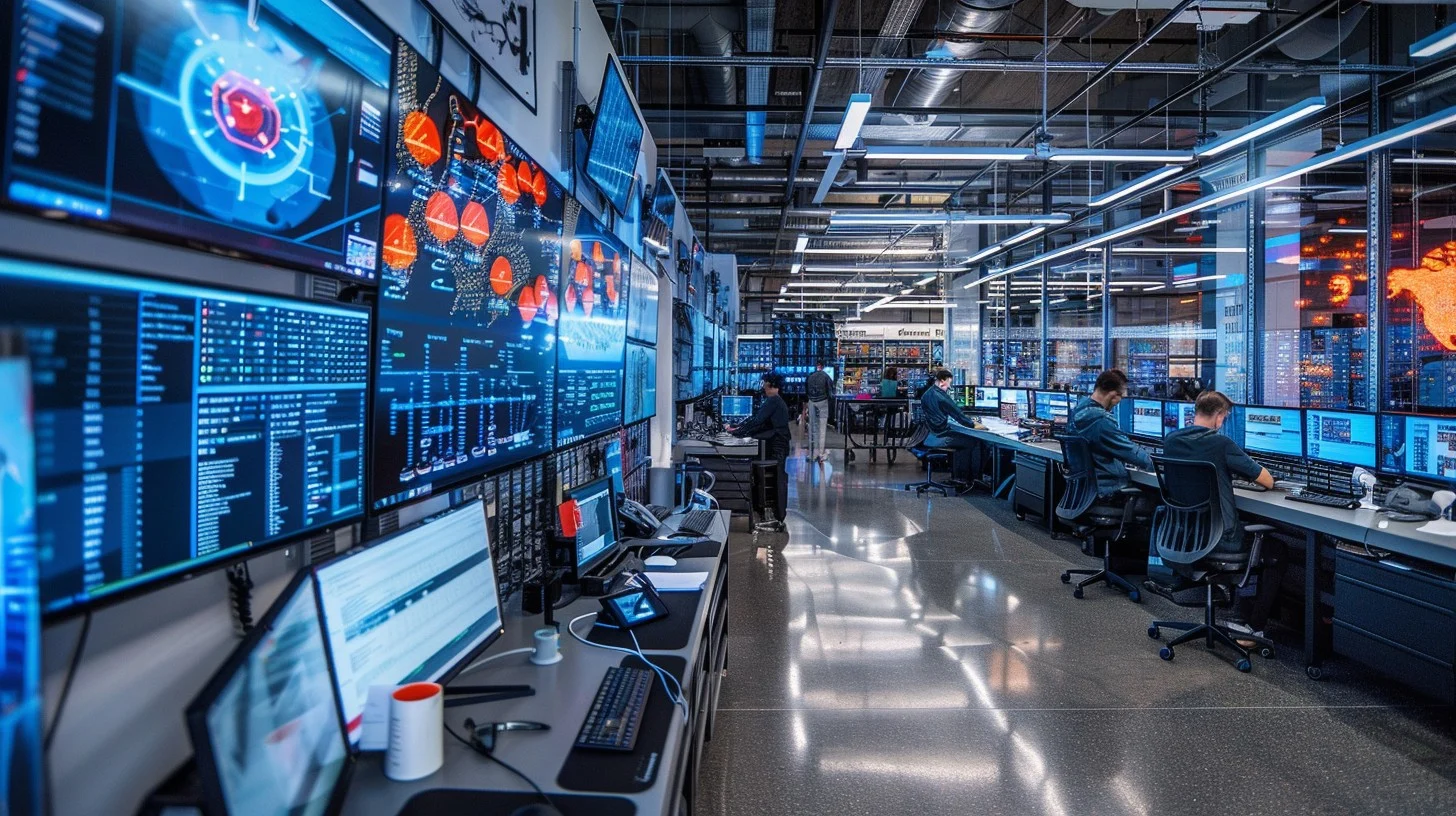Artificial Intelligence (AI) is revolutionizing drinking water treatment, bringing a new era of smart automation, predictive analytics, and data-driven optimization. Utilities across the globe are adopting AI-powered tools to improve water quality, reduce operational costs, and enhance regulatory compliance. But what does AI really look like in the context of a drinking water plant—and what does it mean for the future of the industry?
How AI Is Transforming Water Treatment
- Predictive Analytics for Process Optimization: Machine learning models can analyze years of operational data—such as flow rates, chemical dosages, turbidity, weather conditions, and demand patterns—to predict optimal setpoints for treatment processes. These models enable operators to fine-tune chemical dosing, anticipate changes in influent quality, and adjust process parameters proactively, rather than reacting to alarms after-the-fact.
- Improved SCADA Automation: AI is augmenting SCADA (Supervisory Control and Data Acquisition) systems, enabling utilities to automate routine tasks, detect anomalies in real-time, and issue smart alerts before small issues become emergencies. With AI-driven control logic, plants can run more efficiently, reducing operator workload while boosting system reliability.
- Enhanced Regulatory Compliance: With stricter drinking water standards and more complex treatment requirements, AI tools are helping utilities ensure compliance by automating data logging, validating test results, and highlighting deviations that require corrective action. This reduces the risk of violations and enables proactive compliance management.
- Asset Management and Predictive Maintenance: AI-powered asset management systems can monitor pump vibrations, valve cycles, and sensor readings to predict equipment failures before they happen. By moving from time-based maintenance to condition-based maintenance, utilities save money, avoid downtime, and extend the life of critical assets.
Real-World Applications: AI in Action
- Dynamic Coagulant Control: AI algorithms adjust alum or ferric dosing based on real-time sensor data, optimizing coagulation and reducing chemical costs.
- AI-Driven Chlorine Control: Predictive models optimize chlorine setpoints throughout distribution systems, improving residual maintenance and minimizing DBP (disinfection by-product) formation.
- Leak Detection: AI tools analyze pressure, flow, and acoustic sensor data to rapidly identify and localize leaks in distribution networks.
- Filter Backwash Optimization: Machine learning models recommend backwash timing based on influent quality and filter performance trends, saving water and energy.

The Future of AI in Drinking Water
- Digital Twins: Virtual replicas of treatment plants that allow operators to simulate process changes and "test drive" optimizations before deploying them in the real world.
- Self-Learning Systems: Algorithms that continuously update themselves as conditions change, making the plant smarter every day.
- Integrated Water Management: AI that links treatment, distribution, customer demand, and regulatory reporting into a unified, adaptive platform.
Barriers and Challenges to Adoption
- Data Quality: AI is only as good as the data it's fed. Poor sensor calibration, data gaps, or inconsistent records can limit model accuracy.
- Cybersecurity: With increased connectivity comes increased cyber risk. Utilities must harden their SCADA networks and carefully vet third-party AI solutions.
- Staff Training: Operators need training and support to trust AI recommendations and use them effectively. Change management is essential for success.
- Cost and Integration: Budget constraints and legacy infrastructure can make deploying new AI systems a challenge, especially for smaller utilities.
Summary and Key Takeaways
AI is no longer a futuristic dream—it's here now, reshaping how water treatment plants operate. By leveraging machine learning, utilities can optimize treatment processes, enhance regulatory compliance, and future-proof their operations. The keys to success: start with clear goals, invest in data quality, train your team, and choose the right partners for your digital transformation journey.
